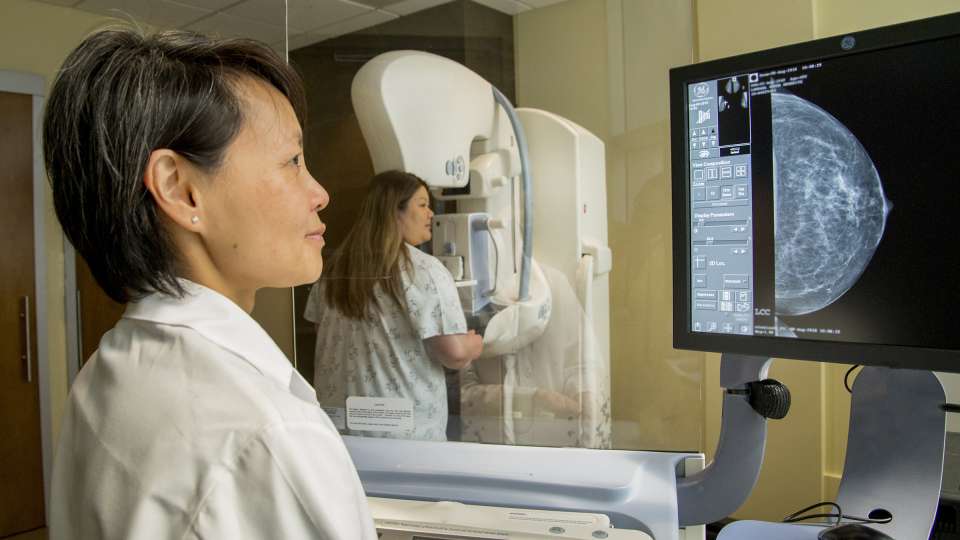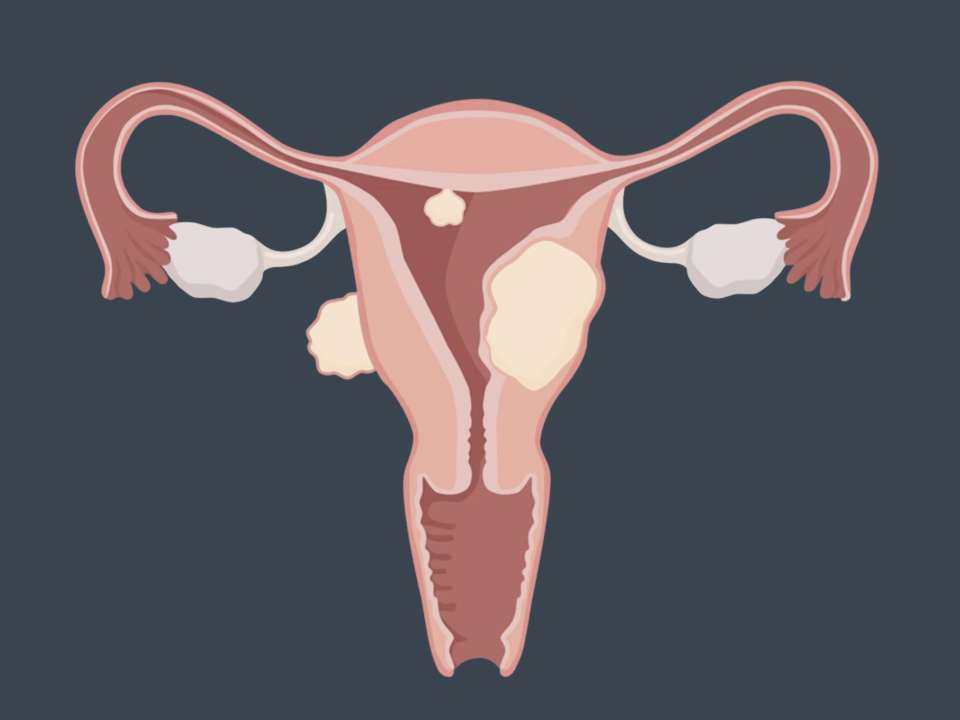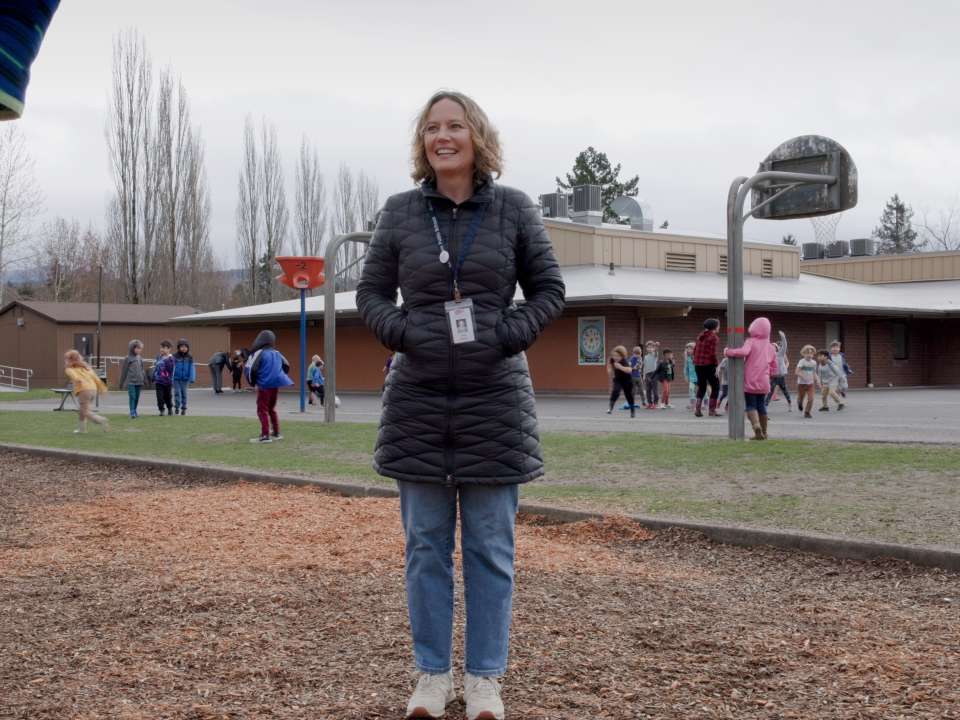What to Know About Breast Density and Your Breast Cancer Risk

Do you have dense breasts?
Well, maybe. But chances are, you have no idea what those are — let alone if you have them or not.
Prior to Washington’s breast density notification law, when you’d get a mammogram and your radiologist would send the results to your doctor it would include your breast density category, ranging from “mostly fatty” (nondense) to “extremely dense.” Depending on your medical history, your doctor would use that information to recommend additional breast cancer screening if needed.
As of January 2019, the breast density notification law requires the same process, but now, you will get a letter directly from the radiologist encouraging you to discuss results further with your doctor if you are found to have dense breasts.
Advocates say the law gives women and people assigned female at birth more knowledge and power about their health — something that’s especially important in Washington, where we have some of the highest rates of breast cancer in the country.
“Radiologists are already reporting this information to doctors and clinics,” says Dr. Janie Lee, associate professor of radiology at University of Washington School of Medicine and director of breast imaging at Seattle Cancer Care Alliance. “The law just requires that we communicate it directly to women, too.”
Laws like this have been passed in more than 30 states so far, but not everyone is on board.
The American College of Obstetricians and Gynecologists, for one, calls these laws problematic because they legislate medical practices. And the United States Preventive Task Force, a panel of clinical experts that reviews medical practices, does not recommend additional cancer screening for women with dense breasts.
So, what’s the big deal with dense breasts? It’s all about what they may mean for you — and your next mammogram.
What are dense breasts?
All breasts are made up of three different types of tissue, known by these decidedly unsexy names: fatty, fibrous and glandular.
Younger women and people assigned female at birth tend to have more of the second and third kinds of breast tissue — that’s things like ducts, glands and connective tissues — but every person has their own unique composition based on genes, hormones and a variety of other factors.
Breasts with mostly fatty tissue are what radiologists consider nondense, whereas breasts with higher concentrations of the other two tissues are categorized as dense.
“Breast density is entirely based on a mammogram. It’s a radiological finding and is not necessarily correlated on a physical exam,” explains Dr. Meghan Flanagan, a breast surgeon at the Breast Clinic at UW Medical Center – Northwest and Seattle Cancer Care Alliance.
Basically, there’s no way to tell if your breasts are dense just by touching or looking at them.
Around half of women who get mammograms have dense breasts. But just like the rest of your body, your breast density can fluctuate and change over the course of your life.
“There’s a spectrum of breast density and, because of that, it’s possible that a woman might be categorized as nondense one year and then dense another year,” Lee says.
Why breast density matters
Radiologists and doctors care about dense breasts for two main reasons.
There are several environmental and genetic risk factors for developing breast cancer, and some studies suggest that women with dense breasts have a slightly higher cancer risk than their less-dense peers.
The other reason dense breasts are so important — and the reason why Washington and 30-plus other states have passed notification laws — is how they can affect your mammogram.
“It’s easier to find cancer in a fatty breast,” Lee notes. “The sensitivity of a mammogram remains high among all categories, but the ability to detect cancer declines with density.”
It works like this: Your mammogram results resemble a side-view X-ray of your breasts. Fatty tissue looks gray, while fibrous and glandular tissues look white. The denser the breast, the more white tissue.
Unfortunately, tumors and lesions also look white. This allows them to “hide” within white tissues in mammogram results.
What to do if you have dense breasts
Let’s say you go in for a mammogram, and you get that letter from your radiologist saying you have dense breasts. What now?
Talk with your doctor
“We have information for women who are concerned,” Lee says. “We want you to understand that density is normal and a risk factor for breast cancer, but what’s most important is for you to better understand your breast cancer risk overall and make an informed decision.”
While you might automatically want additional breast cancer screening, like an MRI or ultrasound, it’s important to discuss the pros and cons with your doctor before you take the plunge.
“This law increases awareness among women and gives women the ability to take more control of their healthcare, but we need to collect more data about if you have dense breasts,” Flanagan says. “We need to balance what is going to help us decrease the risk of false negatives but not increase the risk of false positives.”
Continue getting regular mammograms
If you’re 50 to 74, or between the ages of 40 and 49 and have one or more risk factors, make sure to get a mammogram at least every other year.
Lee and Flanagan also recommend digital breast tomosynthesis, a technique that creates a three-dimensional image of the breast, making it easier to see tumors or other abnormalities.
Tomo mammograms scan the breast in an arc rather than just straight down or from the side. This can shows doctors different layers of your breast, reducing false alarms and maintaining or even increasing detection of breast cancers.
All UW Medicine and Seattle Cancer Care Alliance mammography sites offer tomo mammograms, but if you don’t know what’s available to you or don’t know how often to get screened, talk with your doctor.
“We are moving away from one-size-fits-all screening,” Lee says. “It should be tailored to an individual woman’s characteristics and preferences.”
Practice breast self-awareness
Aside from having a chat with your doctor and making sure you’re on top of your regular mammograms, it’s also important to check out your breasts every day. (No, not like that.)
It’s called breast self-awareness. It means understanding what your breasts look and feel like on a regular basis so you’ll know what they shouldn’t look and feel like if something is wrong.
“Look at the shape of your breasts,” Flanagan says. “If one looks larger, if your nipple starts to invert, if you get a scaly rash or if your skin changes. If it persists for a few weeks, see your doctor.”
The big takeaway
With Washington’s breast density notification law, it’s important to understand what having dense breast means for you — and what it doesn’t.
“The message here is that having dense breasts does not mean you’re automatically at high risk of getting breast cancer,” Lee explains.
Yes, there are some groups that disagree with these laws, but this sort of legislation helps start a conversation that all women and people assigned female at birth should be having with their doctors.
“In general, the law is aimed at women making better decisions about their health and their bodies,” Lee notes.
After all, knowledge is power. And there’s nothing wrong with that.
Editor’s note: This article was originally published on Dec. 31, 2018. It has been reviewed and updated with new info.

 Healthy ideas for your inbox
Healthy ideas for your inbox





